This is the first part of a new series in which we portrait amateur photographers just like us who inspire us and who share our passion for photographing with manual lenses.
We decided to test our concept on ourselves first, initially we didn’t intend to publish it but since we liked the product we decided to publish it. So don’t be surprised by me answering my own questions ;).
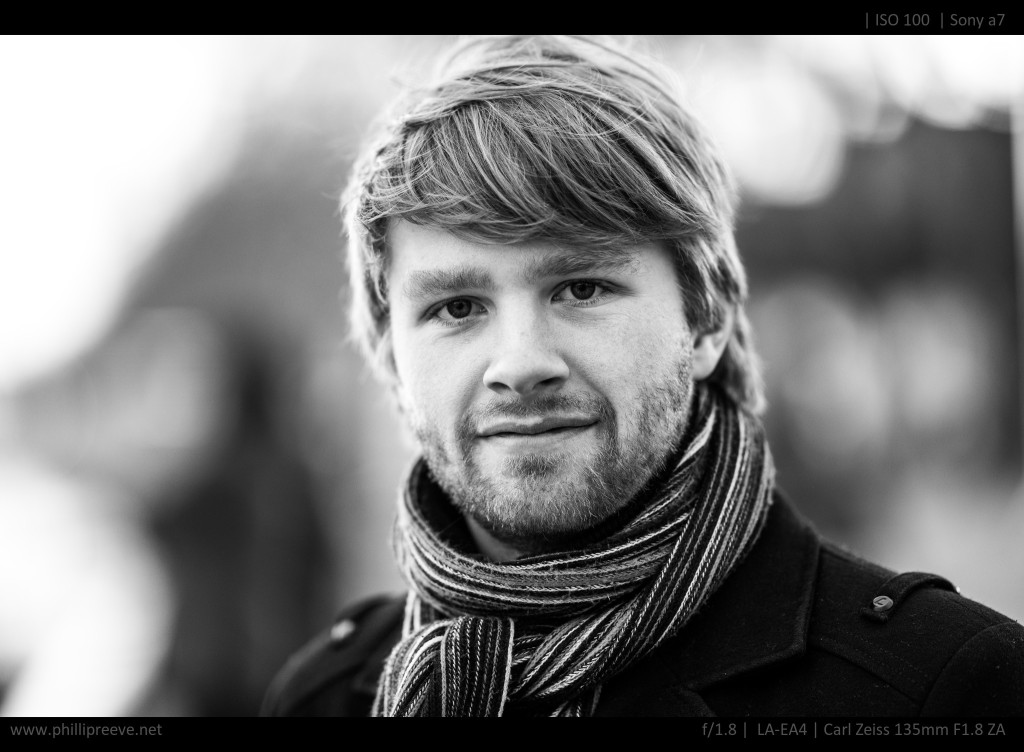
Hi Phillip,
can you tell us a little bit about yourself and how you came to use manual lenses?
P: I am a student from Germany and I bought my first DSLR in 2006. In September 2011 I bought a used Nex-3 for a little over 100€ to use some of the cheap Minolta Rokkors I owned on a digital camera. I fell in love with my manual lenses instantly. Suddenly I could afford really good primes while before I was limited to slow, cheap zooms! So much more creative freedom.
I also enjoyed the new, slower but more conscious process and I saw a very quick progression in my own skills at that time. I hardly touched my Canon after that.
I was a gear-head before but now I could discover so many thousands of manual lenses no one had really tested on a digital camera ever before so I started my quest to discover learn as much about those manual lenses as possible. First I published my findings in forums until I started my own blog in early 2014 which has taught me a lot.
Here are a few images from when I started to use manual lenses back in early 2012:
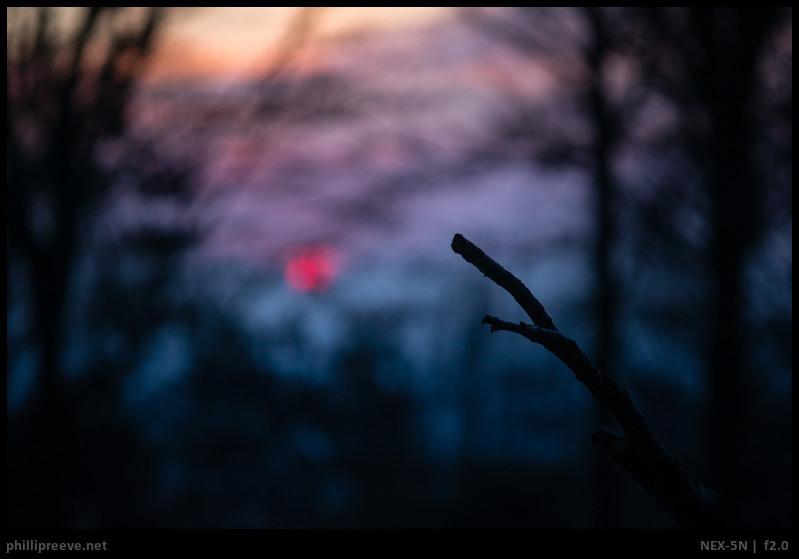
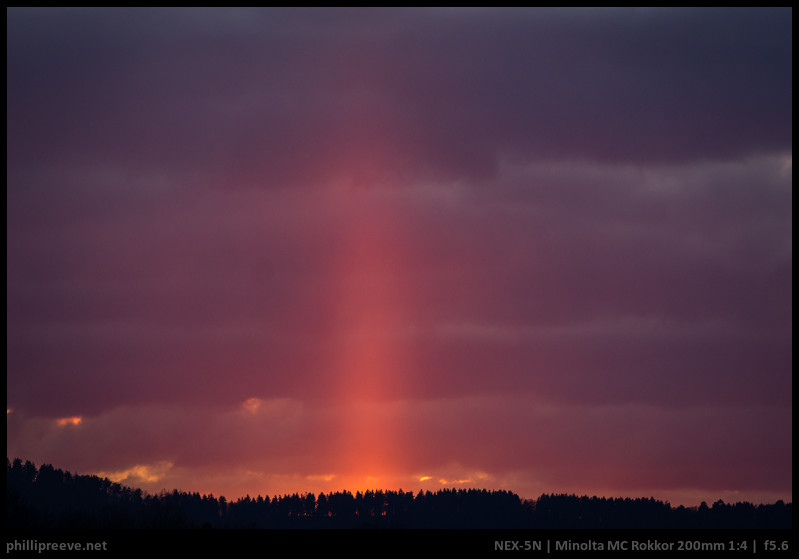
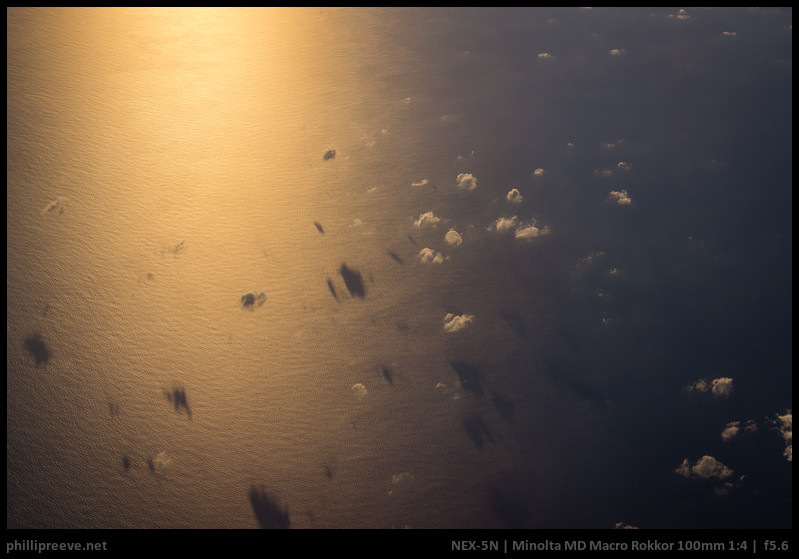
Can you give us a look into your camera bag and tell us a little about your gear?
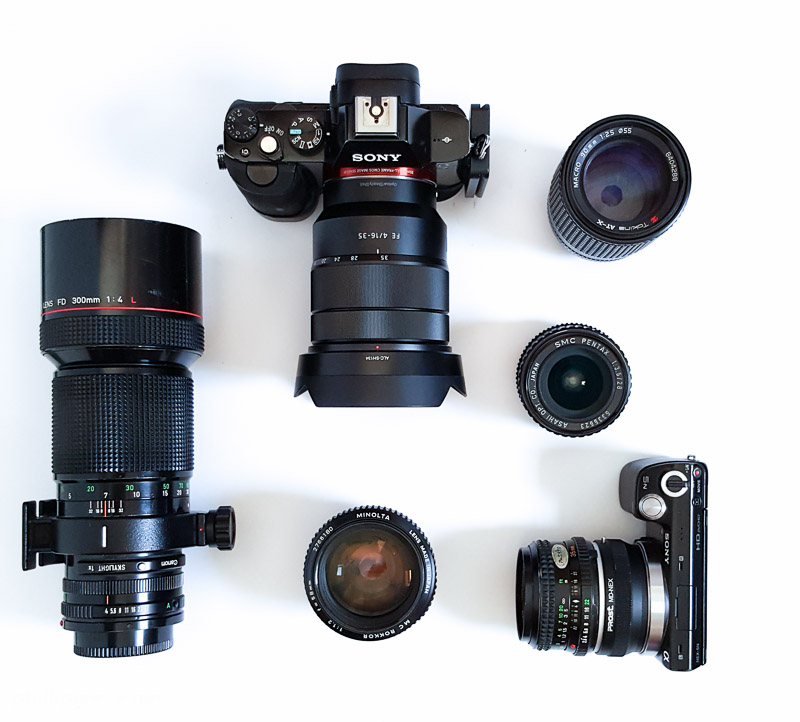
Cameras
- Sony 7 – After more than 2.5 years this camera is still my workhouse. It certainly has a few shortcomings but all in all it is still a very good camera for me.
- Nex 5n – I use it for nothing but studio images today.
Lenses
I own far too many lenses so I will just pick my favorites.
- Sony FE 4/16-35 – It is quite big but very versatile thanks to a wide zoom range and image stabilizer.
- Pentax K SMC 3.5/28 – My favorite manual 28mm lens because it is very flare resistant, small and sharp.
- Minolta MD 2.8/35 – Small and very good.
- Minolta MC 1.2/58 – I own and use about a dozen normal lenses but the Minolta remains a favorite because it balances bokeh, sharpness and handling so well even though it is a flare prone chunk of glass.
- Tokina 2.5/90 – Haven’t used it much lately but it is the sharpest legacy lens I own, has great bokeh and handles really well. Only wished it was a little more flare resistant.
- Canon FD 4/300 L – While it still can fit in my camera bag it is a very good performer and handy zoo tele.
I wrote an article a look into my camera bag some time ago where I go into detail a bit more.
Do you have a favorite subject matter?
Phillip: Nature. More specifically intimate landscapes. I take quite a few pictures of friends and family and those pictures have a special meaning to me but I enjoy nothing more than roaming my local landscape at dusk or dawn to discover new perspectives on it. I have know this rather small and mostly cultivated area for more than 20 years but I still discover new spots and enjoy my walks a lot. And I still haven’t met another photographer on these trips!
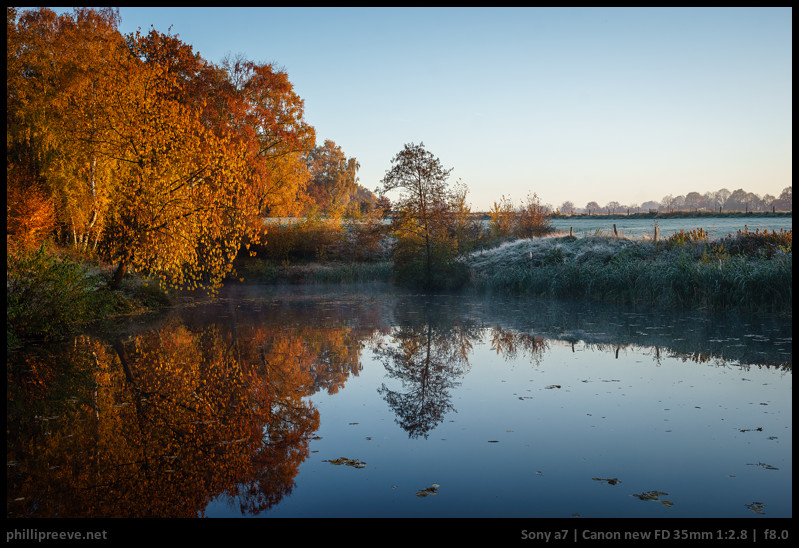
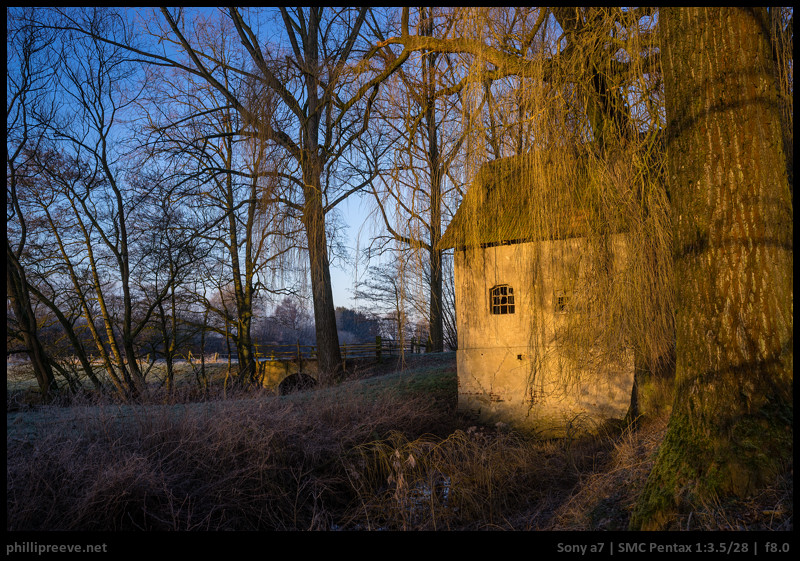
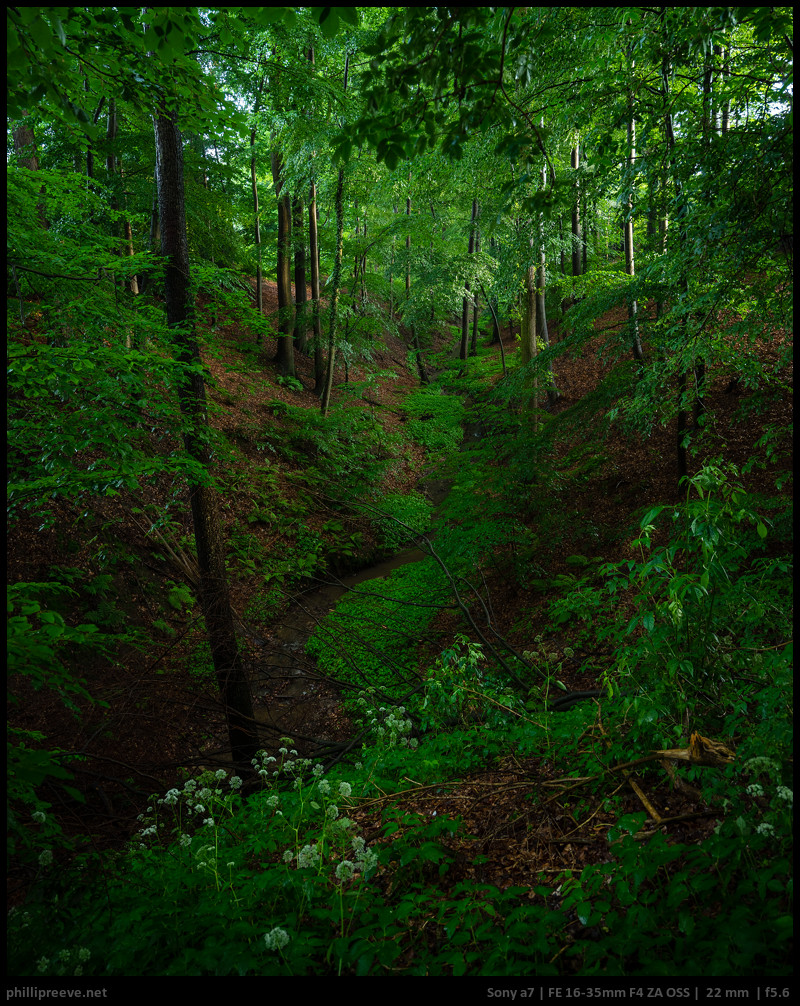
Is there a photographer which has inspired you the most?
P: There are quite a few photographers who have influenced me in some way and whose work I enjoy a lot like Andreas Feininger, Ansel Adams, Robert Capa, Joe McNally, Tim Parkin, Joe Cornish, Galen Rowell. But if I had to name just one it would be Joe Cornish because his book First Light (affiliate link) is the book I pull out of the cupboard most often.
Are there certain characteristics for which you look for in a lens?
P: That depends a lot on the application I want to use it for. In a landscape lens I would look for very good sharpness across the frame at f/8, good flare resistance, contrast and a small size. The Pentax K 3.5/28 is a lens which carries all these qualities.
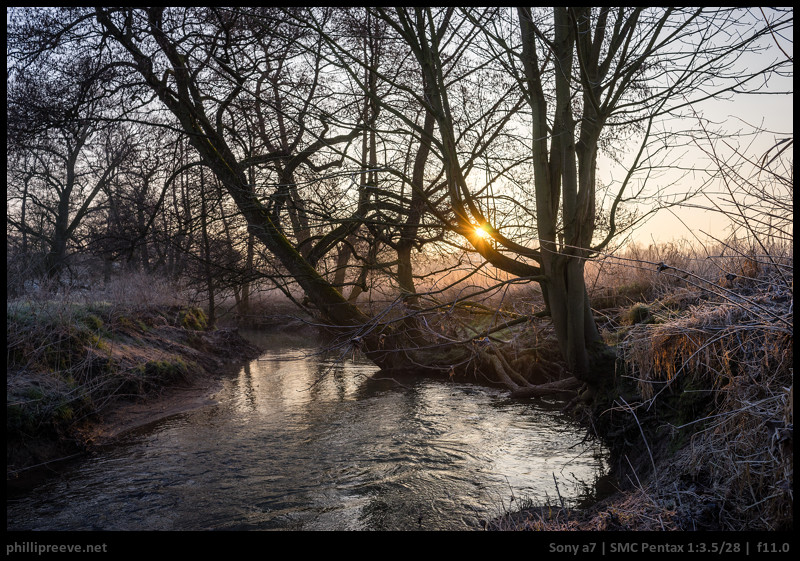
In a portrait lens I would look for decent sharpness in the center, good bokeh and a pleasant focusing ring the most. Contrast and corner sharpness would be less important to me. The Minolta MC 2.5/100 is a good example for these qualities:

There are also times, when I enjoy to use a lens and work with it’s shortcomings. The Minolta MC 1.8/35 wide open is a good example for that:

Do you have a favorite lens at the moment?
P: I enjoy the Olympus OM 2/100 quite a lot. It has great bokeh, handling is perfect, you don’t need to worry about sharpness and it is surprisingly small for a 2/100.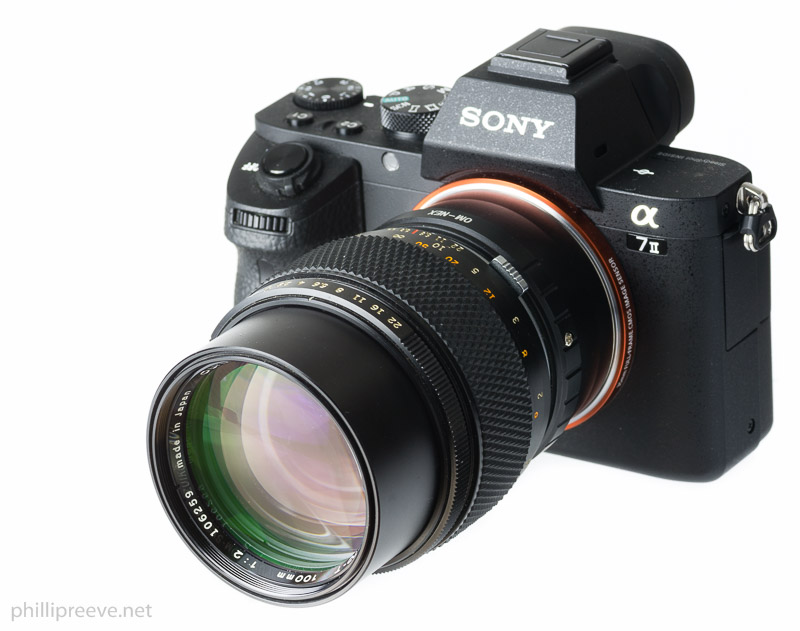
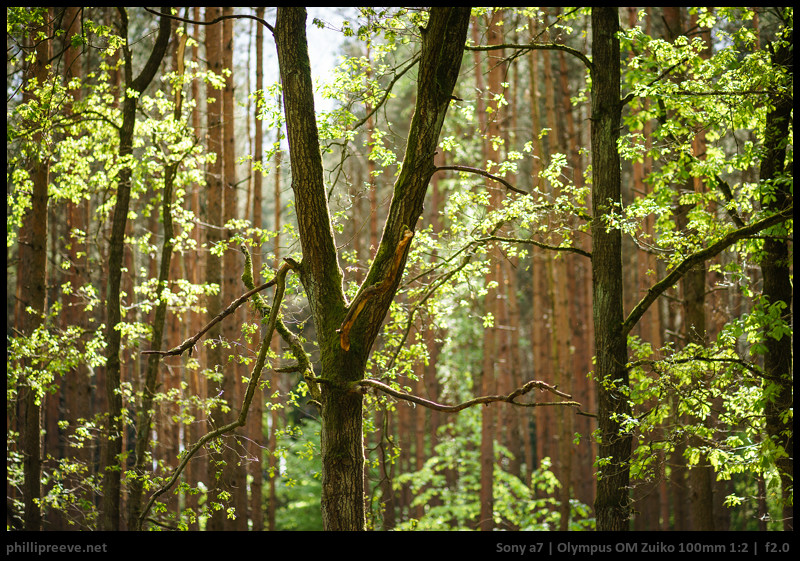
Can you suggest us a lens we should review?
P: The Olympus OM 2/100 I just mentioned.f
Where can people see more of your images?
P: I upload to flickr quite regularly.
I also have a blog where two blokes and I work off our geardheadedry. If you want to stay in touch be sure to subscribe to our facebook page.
Feedback wanted
This is a new concept and we would welcome your input on how you liked it and where you see room for improvement. Just sent us a mail or leave a comment.
If you know a photographer we should feature please let us know as well!
Thanks! Phillip, Bastian and Jannik
Latest posts by Phillip Reeve (see all)
- Review: Samyang AF 75/1.8 FE - April 12, 2021
- The FE-List now has 113 lenses on it - March 25, 2021
- 2020 – Year’s end review - December 28, 2020
Keep going with good job, you inspire!, I love see quality and taste in your photos, thanks to share
I really like this blog and these types of entries enrich it even more. It is great to hear what other manual lens photographers have to say, especially ones using the Sony a7 series cameras.
I recently bought an a7ii and it was largely because of research done on this blog and others like oldlenses.blogspot.ca
I went from a 5Dmk2 to the Sony and I love it. I like shooting like it is a TLR by flipping the screen up. Also I’ve been using my Canon glass and my wife’s Nikon glass, but I hope to acquire some FD lenses and the Jupiters in the near future.
In one of Phillip’s posts he explained how to use the EVF “shimmer” effect for manual focus and I have found that to be very accurate versus the focus peaking so thanks for that. I hope they can enhance the focus peaking in the future too.
Anyway, thanks for this post and this blog. Keep up the good work and great content!
Thanks for the warm words 🙂
Hi Phillip,
May I ask you what you study?
Let’s say it has absolutely nothing to do with photography 😉
Nice format. If one could get the first part short (do that it doesn’t sound like advertising), but focus more on why manual over auto-focus, hidden gems, recommendations, process, portfolio…
Rock on!
Thanks for your feedback, it is appreciated 🙂
Good stuff. Any recommendations for adapter for Zuiko lenses? It is a frustrating experience to use lovely lenses on Sony. I sold 24mmMC because of that.
I am quite happy with K&F adapters
Hi Phillip,
I found myself in your story 🙂 I bought a Sony a6000 and as i was pleased with its autofocus abilities, it did not bring me any joy. That until i got my first manual lens Canon FD 50mm F1.4. Before i was taking a photo in 1 second and walked away. Now with a manual lens i stop from the speediness of autofocus and I carefully compose my shots. It brings me more quality in my photos and also an increase in creativity. Also the prime is much much sharper that my 16-50mm lens and much cheaper. I love your blog! Many thanks to you, Jannik and Bastian.
You are very welcome 🙂
Phillip – I greatly appreciate your passion, attention to detail, willingness to share lessons learned and your frugal approach to obtaining good glass! Dave
Thanks Dave 🙂
Hello,
I have read “First Light” and enjoy it a lot! You mention some other photographers. Any other selected titles you may mention?
Regards
Not a title but I can recommend OnLandscape.
Phillip, Bastian and Jannik,
Warm Greetings from sunny Bali.
Thanks so much for publishing those interesting articles on how photographers around the world are using manual lenses.
I hope that series of interviews / articles is not limited to ‘non-professional’ photographers.
In case it is not you may enjoy my take on how I use vintage glass even in professional / paid assignments.
Here is a link:
https://dominik-photography.com/2018/06/17/first-commercial-project-with-vintage-glass-only/
Let me know if you guys are interested in to bring this to your audiences.
Cheers – DOMINIK
Hi Phillip. Thank you so much for your website! It’s very interesting and useful for me and I have a small request: if there is such an opportunity to make a review the Super-Takumar 50mm f1.4 first version (8-elements) lens. I would be very grateful! Thank you
Hi Igor,
sorry but not likely to happen on my side. Maybe Juriaan but even then not any time soon.
Phillip, Came across your website , looking for a lens review. Your photos are quite striking the result of a good eye. Been using manual focus lenses for most of my journey in photography as they give more control, satisfaction and well I just don’t like auto focus. Been using Fuji X pro cameras for sometime (2012) and recently acquired a GFX 50R, in which I am using my old Nikkor (F mount) and Voigtlander (LM mount) lenses. Very happy with the results. Thank you for all of your efforts and presenting your beautiful photos.